BRICSA, the New Dynamic of BRICS
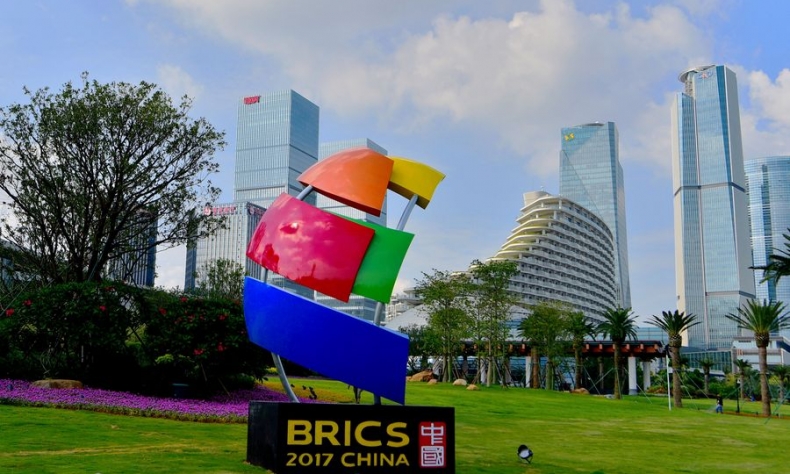
BRICSA has a total area of 42,512,890 square kilometers and a total population of about 3.6 billion people. In other words, it covers about 30 percent of the world’s land surface and houses 42 percent of the world’s population.
Editor’s Note: China has invited the leaders of other four BRICS countries and a number of emerging countries to participate in the 14th BRICS Summit set to be held in June, 2022. Will BRICS expand the cooperaiton partnership during this summit? What role will the BRICS plus play in coping with global challenges including the pandemic, climate change and economic recession? Adnan Akfirat, Deputy Head of the International Relations Bureau of Vatan Party, Turkey, and visiting researcher of the Center for Turkish Studies of Shanghai University gives his insights into these questions.
The BRICS, made up of Brazil, Russia, India, China and South Africa, was established by developing countries as an alternative to the US-dominated financial architecture. Chinese President Xi Jinping sent a special invitation to Argentina to attend the BRICS summits to be held in Beijing this year, and Buenos Aires accepted China’s offer.
Argentina’s Ambassador of Beijing Sabino Vaca Narvaja, said the invitation was “extremely important” and constituted a step towards “official entry” into the BRICS. With Argentina’s participation, 63 percent of South America’s total area will be included in the BRICS.
BRICS convened a meeting of foreign ministers on May 20 and will hold a summit of heads of state on June 24 in a virtual environment. Argentine President Alberto Fernández will attend the summit.
Acutally, Argentina’s participation in the BRICS is not on the agenda for the first time. In early 2014, India called for Argentina to be added to the alliance. That year Russia which was host of the summit invited Argentina.
Now it is the end of the process: When Argentina joined, it will be called BRICSA.
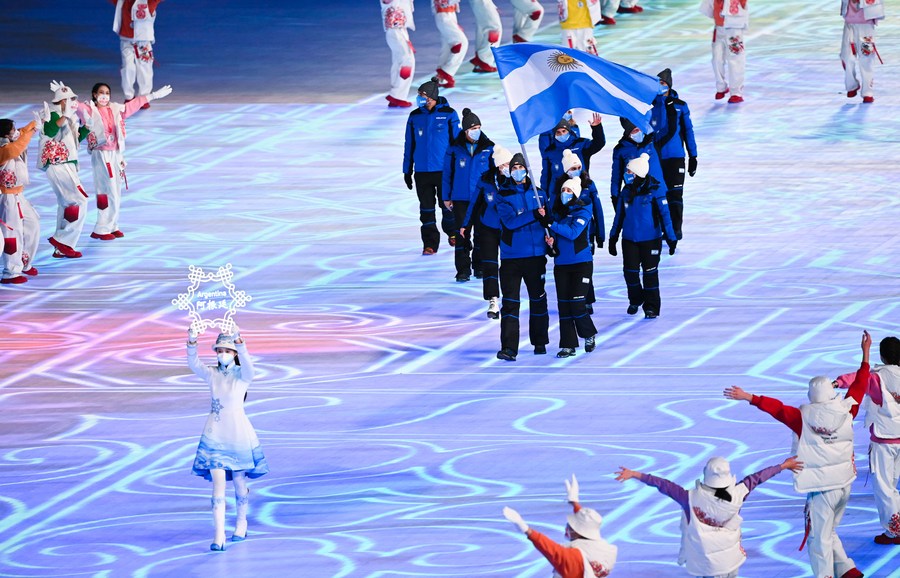
Argentina seeks an alternative to IMF’s approach
At the heart of the BRICS are the New Development Bank, an alternative to the World Bank, and the “Contingent Reserve Arrangement” which rivals the US-dominated International Monetary Fund (IMF). Argentina had got stuck in $44.5 billion in debt from the IMF. It was looking for alternatives to get rid of this overwhelming burden. BRICS members determined earlier that Argentina would join the New Development Bank in this year. Now the final step is taken. Argentina is joining the BRICS.
In February 2022, Argentine President Alberto Fernández made a historic trip to China and Russia. During his meeting with President Xi, Fernández formally informed that his country wanted to join the BRICS.
Also in Moscow Fernández gave an account of that “I’m sure that Argentina needs to stop being so dependent on the IMF and the US and open out somewhere else, and it seems to me that Russia has a very important place”.
Fernández signed an agreement that is formally included Argentina in the Belt and Road Initiative (BRI) during his visit to Beijing in February.
The foreign policy of Argentina’s centrist government led by Alberto Fernández is full of contradictions just like the AK Party government. While Argentina was willing to strengthen its relations with China and Russia, the country was carefully trying not to upset the United States which always regardes South America as its “backyard”. Indeed, Argintina followed the United States in voting to remove Russia from the UN Human Rights Council. But these zigzags showed that the only solution is to enhance the Eurasian option in Argentina’s struggle to preserve its sovereignty and national independence.
Lula’s return boosts BRICSA
With the coming to power of Jair Bolsonaro in Brazil and Narendra Modi in India, there was a relative decline in the influence of the BRICS. However, Lula da Silva who is the former president of Brazil, and one of the founders of BRICS promised to strengthen the BRICS if he can win the 2022 elections in October. The polls show that Lula will win the presidential election by far.

Lula’s former foreign minister, Celso Amorim said that Brazil under Lula’s leadership would strongly support Argentina’s accession to the BRICS and was “very important” for the region.
Argentina is the third largest economy in Latin America after Brazil and Mexico. Mexico is also considered a potential member of the BRICS. Nevertheless, Mexico’s participation was delayed by reason of it was already part of the West-led Organization for Economic Co-operation and Development (OECD).
With Argentina’s inclusion, it would be incontrovertible to predict that Mexico will also soon join the newly-renamed BRICSA.
Started with the New Development Bank
Brazil’s Minister of Economy Paulo Guedes has invited Argentina to join the New Development Bank as the bank of the BRICS. Argentina officially applied and was accepted in the first days of April. BRICS was established in Shanghai in 2014. The BRICS New Development Bank has extended a long-term loan of $15 billion to strengthen the BRICS economies against the COVID-19 pandemic. China is Argentina’s second-largest trading partner. The trading volume between the two countries reached $20 billion in 2021. The drought-resistant soybean developed by Argentina is one of the hot topics in deepening cooperation between China and Argentina.
China is building Argentina’s fourth nuclear power plant. Provided loans with an eight-year grace period. It will also make the payment with electricity. Chinese companies are building gas pipelines in Argentina and two large dams on the Santa Cruz River. The Cerro Arauco wind farm and the Caucharí solar farm are the largest ones in South America. As for the construction of two major railway lines connecting the country from east to west and from south to north continues with Chinese financing and Chinese technology.
Argentina has a critical role in meeting the agricultural products and red meat needs of China.
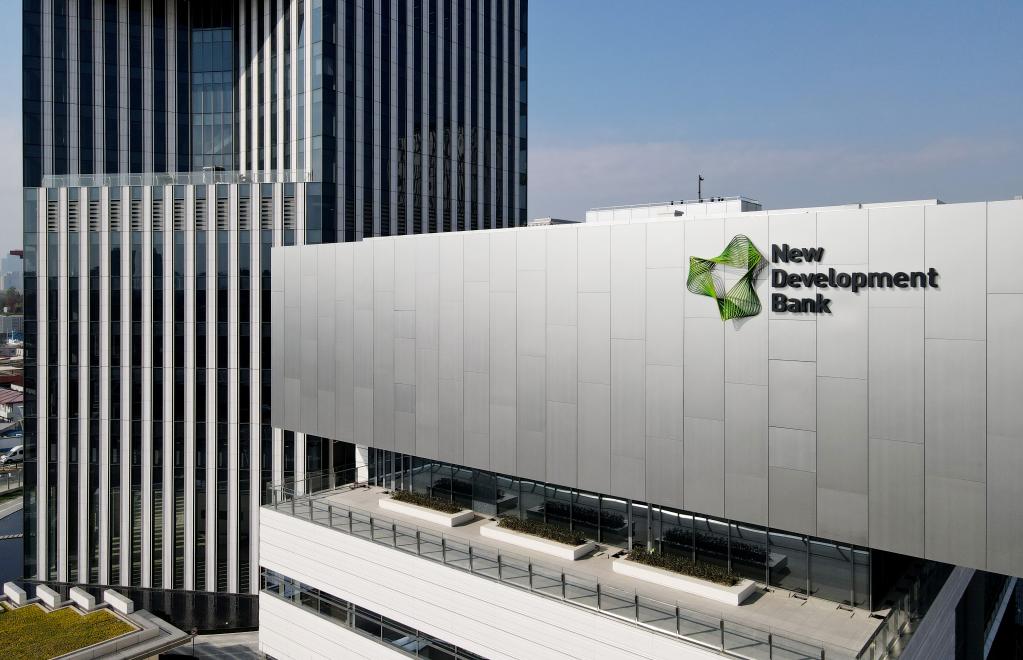
BRICS and the multipolar world
At the end of 2001, Goldman Sachs research made a huge impact, saying that Brazil, China, India, and Russia could rank among the world’s most important economies by 2050. Just two years later, a new study determined that all four economies will be large in the overall economy of the G7 countries within 40 years. Continuing developments since then confirm the 2001 estimates.
BRICSA has a total area of 42,512,890 square kilometers and a total population of about 3.6 billion people. In other words, it covers about 30 percent of the world’s land surface and houses 42 percent of the world’s population. According to 2021 data, the total gross national product of the five countries was $24.14 trillion. That’s more than the total of the so-called “two most advanced economies”, the United States and Germany.
Since 2009, the governments of the BRICS states have gotten together annually at official summits. Lastly, India virtually hosted the 13th BRICS summit on September 9, 2021. On June 14, 2022, the 14th Summit will be held in China, hosted by President Xi Jinping.
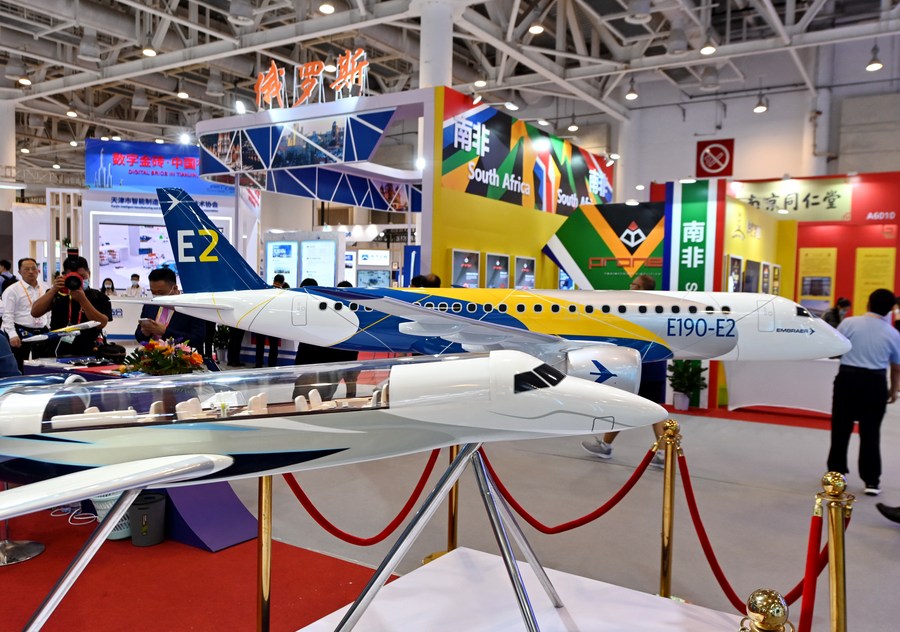
The first BRIC summit was held on June 16, 2009, in Yekaterinburg, Russia. At the end of the meeting, the call for in order to the establishment of multipolar world order and the reform of the global financial system was published. Since then, the group has taken steps to increase political and economic cooperation by holding annual summits as well as many meetings at the national level, such as meetings between development banks, statistical institutes, and ministries of health.
At the second summit held in Brazil from April 15 to 16, 2010, the group made a series of recommendations for the democratization of the voting system at the World Bank and the reform of the IMF. It was decided to cooperate among the members in order to facilitate the financing of the projects. The development banks of each of the BRICS countries made a pledged to cooperate in creating new ways to promote granting loan between them.
At the third summit held in Sanya, China on April 14, 2011, the group gathered for its work on making the G20 the main governing mechanism of the world economy and reforming the international financial system. The BRICS also published a document which criticized the West’s military operations launched in Libya and advocated to resolve stalemates and conflicts through dialogues. With the admission of South Africa as a full member in 2011, the group’s name was changed to BRICS.
After the 2015 summit, the communications ministers on Russia’s proposal held the first summit for their ministries in Moscow in October, host minister Nikolai Nikiforov suggested establishing close cooperation between the information technology sectors and joint action to challenge the US monopoly. Since 2012, it is planning a fiber optic submarine communication cable system known as “BRICS Cable” to enable telecommunication transmission between BRICS countries. Thus, it is aimed to prevent the US National Security Agency from spying on all electronic communications.
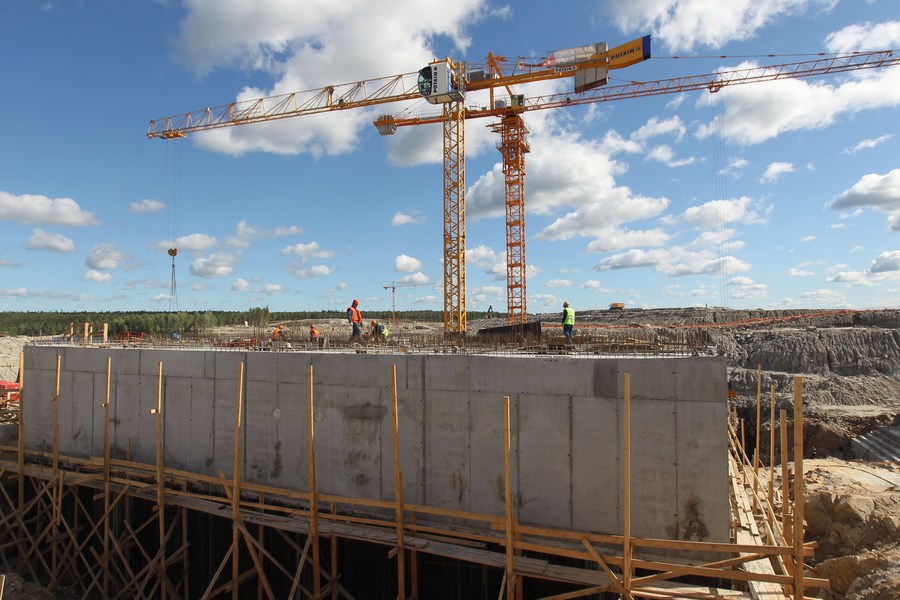
In August 2019, the communication ministers of the BRICS countries signed a letter of intent in order to cooperate in the information and communication technologies sector.
Collaborations of BRICS are developing multi-faceted and a wide range of collaborations not only in the field of finance and communication, but also in science and technology, environmental protection, and the prevention of the climate crisis.
Turkey should join BRICSA
Conditions are extremely convenient for Turkey. It is imperative that Turkey, one of the harbingers of the Asian age with the Kemalist revolution led by Atatürk, assumes leading roles in the establishment of the new world. Turkey has to be active in the institutions of the new world in order to develop the independence tendency it has entered since 2014. With Argentina’s accession, BRICSA will play a key role in the combat to create a more just world. It will be very beneficial for Turkey to join BRICSA in order to get the respectable position it deserves in the world.
Why not BRICSAT!
The article reflects the author’s opinions, and not necessarily the views of China Focus.
 Facebook
Facebook
 Twitter
Twitter
 Linkedin
Linkedin
 Google +
Google +










